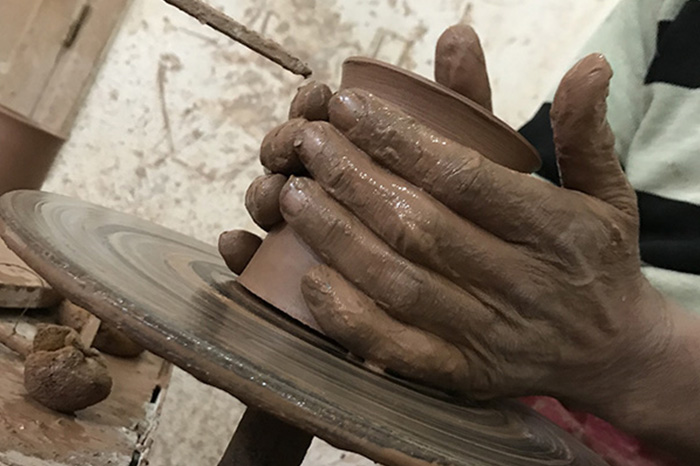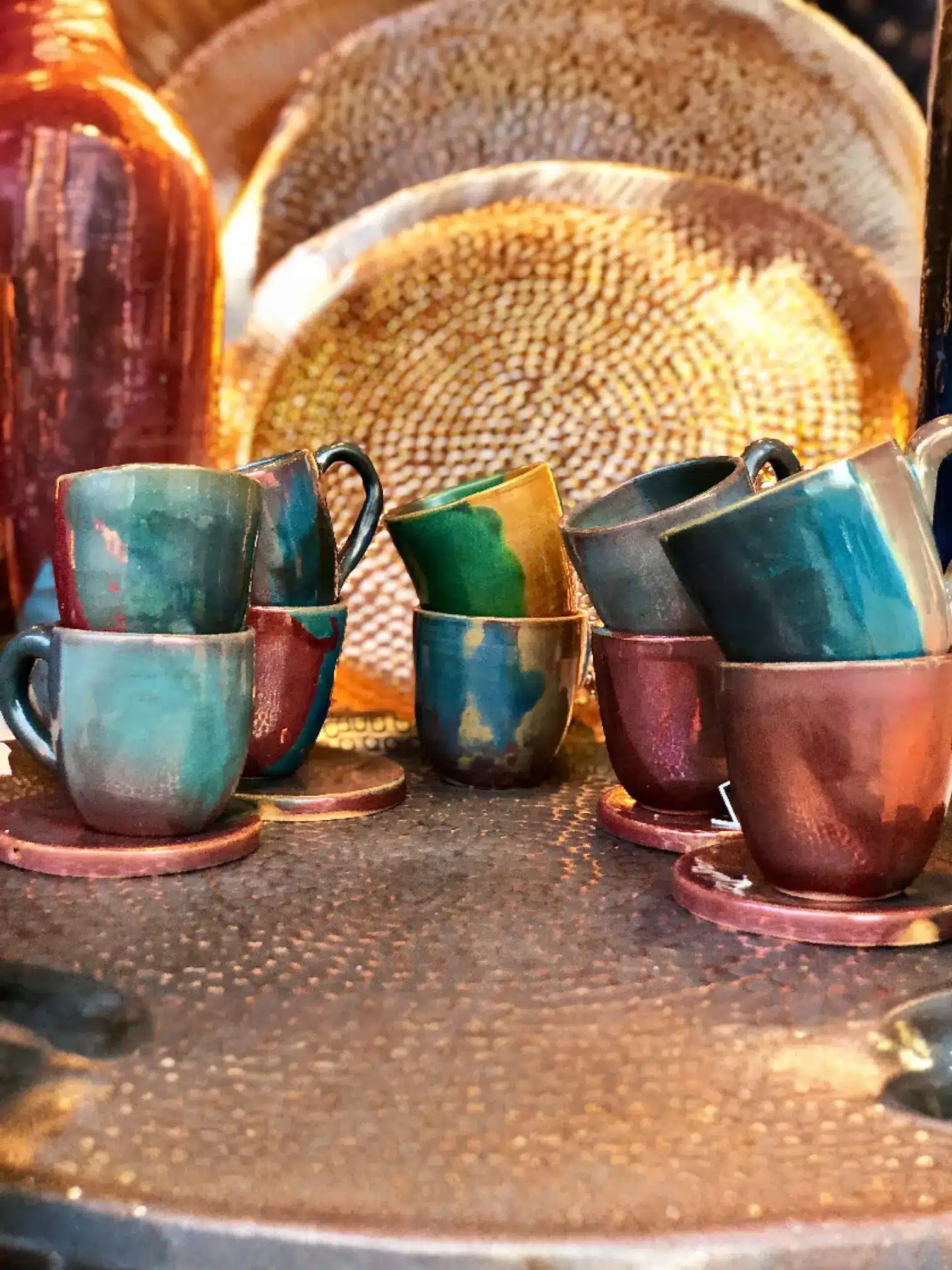Are you looking for products that are both hygienic and environmentally friendly? Then ceramic and clay items are the perfect choice for your home. Ceramic is one of the most hygienic materials — dirt-repellent and odorless.

Maison Zoe aims to revive ancient craftsmanship and make sustainable, eco-friendly products accessible to people around the world. With this blog, we’d like to share some insights into the history of pottery in Egypt — when ceramics were first made, the techniques used, and which ceramic products you can find in the Maison Zoe collection.
The history of pottery in Egypt
In ancient Egypt, ceramic vessels made of fired clay were primarily used as household items — for storing, transporting, preparing, and consuming food and raw materials. These included water jugs, utensils, bread molds, beer and wine containers, as well as lamps and fire basins. To make these Egyptian ceramic pieces, one first had to understand the main material: clay.
In principle, two main types of clay were used in ancient Egypt, differentiated by their chemical and mineral composition — Nile clay and marl clay.

Nile clay contains a particularly high amount of silica and iron oxide compared to marl clay. This means that Nile clay naturally includes sand and fine rock particles. It fired from black to red and was found throughout the fertile Nile Valley — the so-called “Black Land” — making it easily accessible to everyone.
Products made from Nile clay were known for their softness and high porosity, which made them ideal for everyday household items and containers. Marl clay, on the other hand, was less porous and therefore used mainly for storage vessels and figurines. Its deposits, which fire from pale pink to greenish tones, were found in higher desert regions — the so-called “Red Land.”
Methods of ceramic production
In ancient Egypt, five main techniques were used in the ceramic-making process:
- Shaping by hand
- Shaping using a rotating base
- Shaping on a hand-turned potter’s wheel
- Shaping with the aid of molds
- Shaping on a fast, foot-operated potter’s wheel
Before working the clay, it was usually purified and ground into powder. The powder was then mixed with water in large vats until it reached a dough-like consistency. The potter would then form the desired pieces using one of the above techniques before firing them in a kiln to harden.
Ceramics today
Today, ceramics remain one of the most important materials in use. Countless kitchen utensils and cross-industry products are made from it. At Maison Zoe, we offer beautifully handcrafted glazed clay pieces — from vases to tableware such as coffee cups, espresso cups, plates, and more. Discover the beauty of traditional craftsmanship for yourself in our shop.